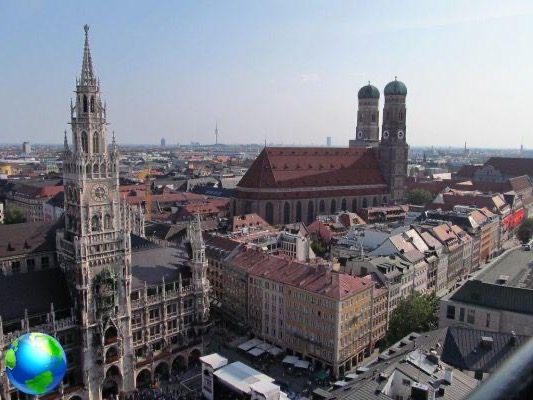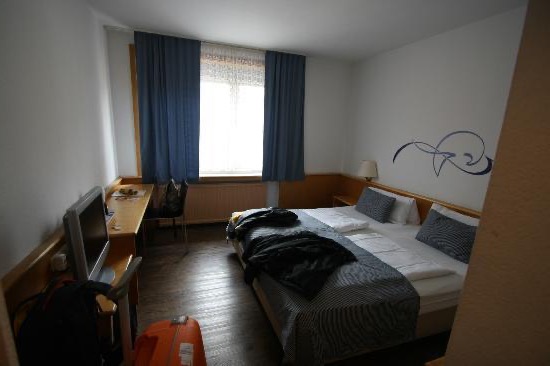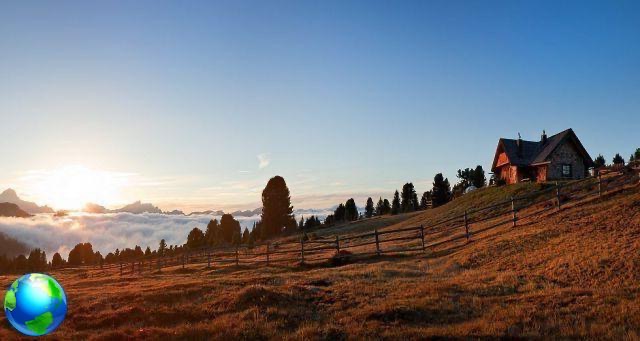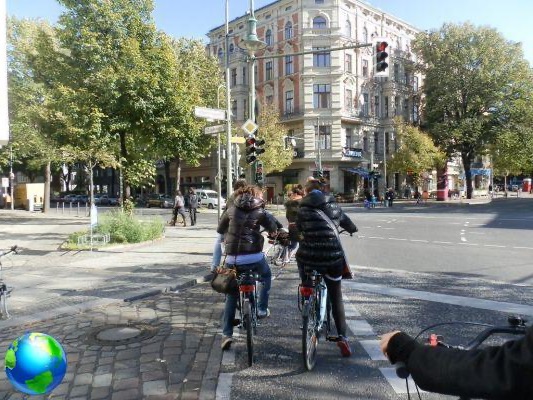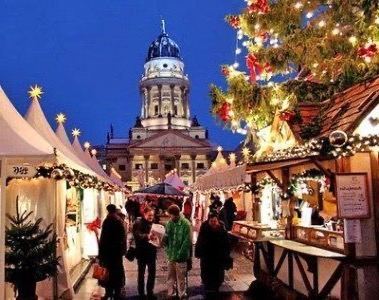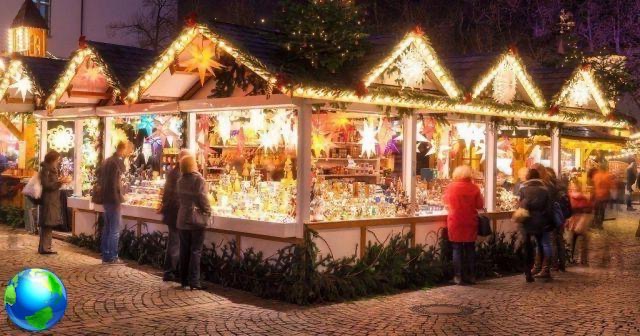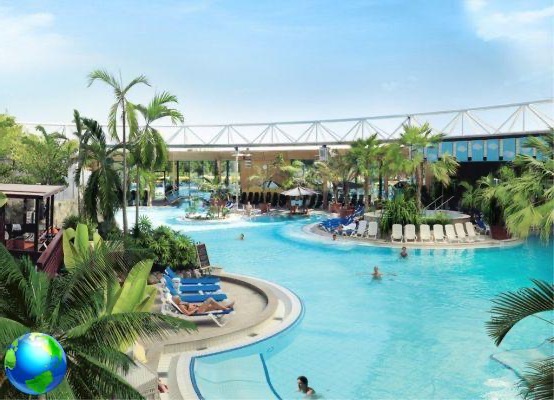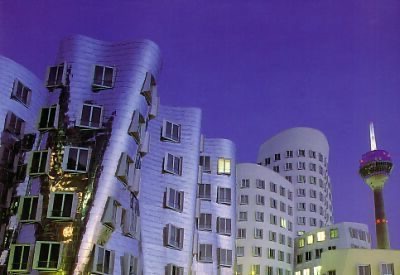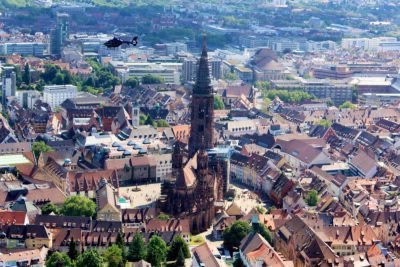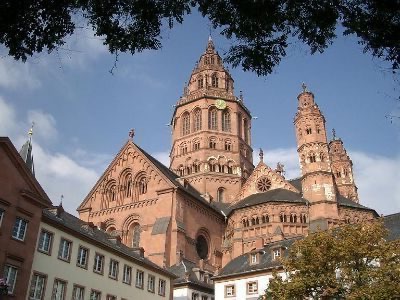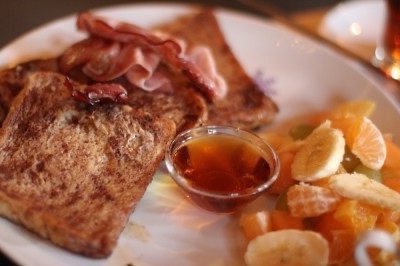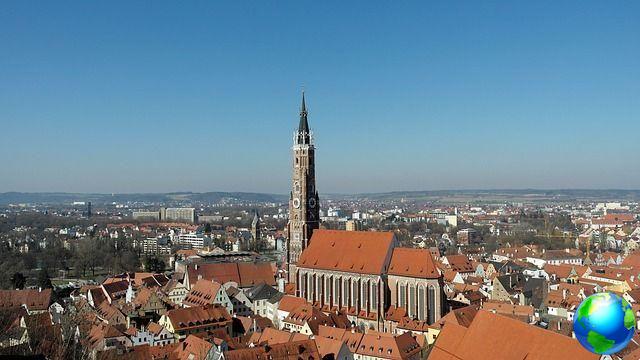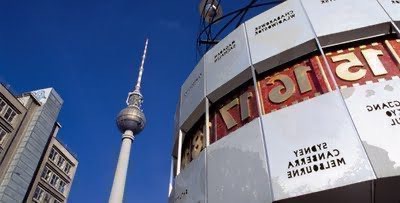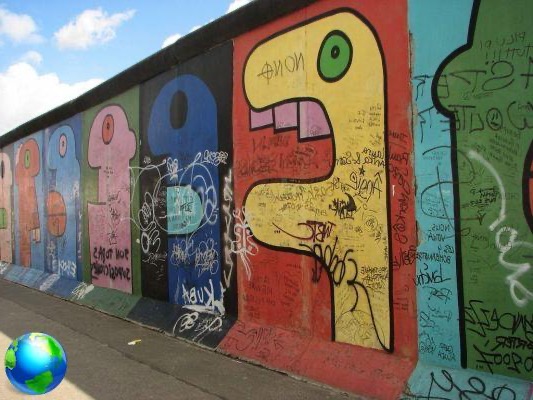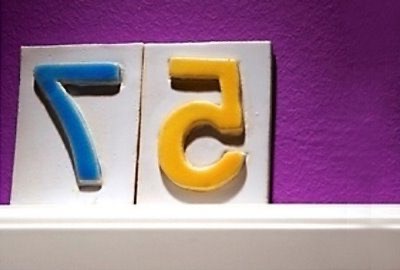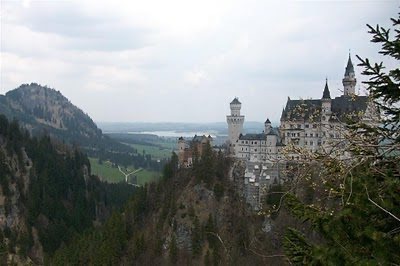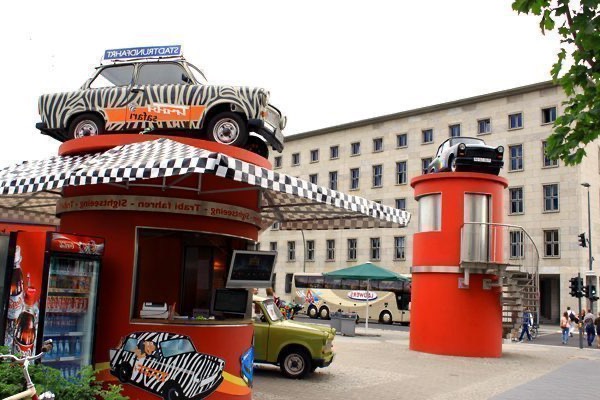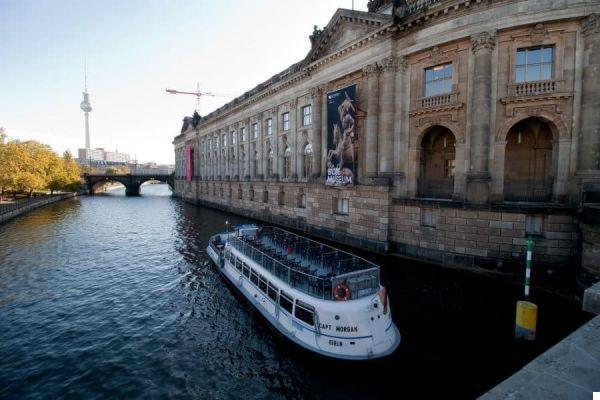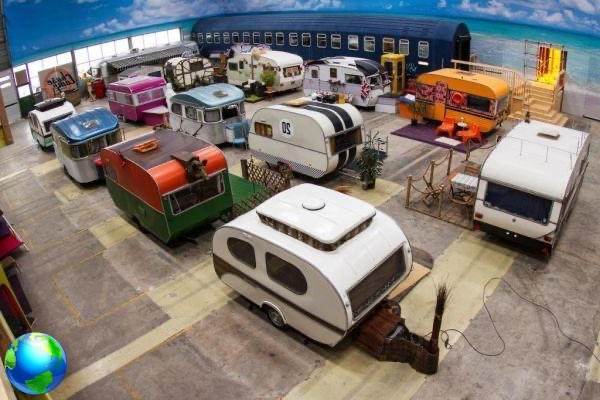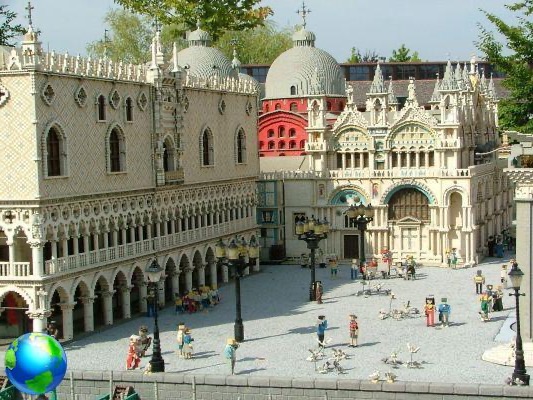What to see in Nuremberg in one day coming from Munich. What not to miss, works of art and cultural sites, but also how to get around in a low cost way with the Nuremberg transport card.
When you hear about Nuremberg very often it means that we are talking about Christmas Markets. It is in fact impossible not to know them or have never heard of them, being perhaps among the most famous for their beauty and tradition.
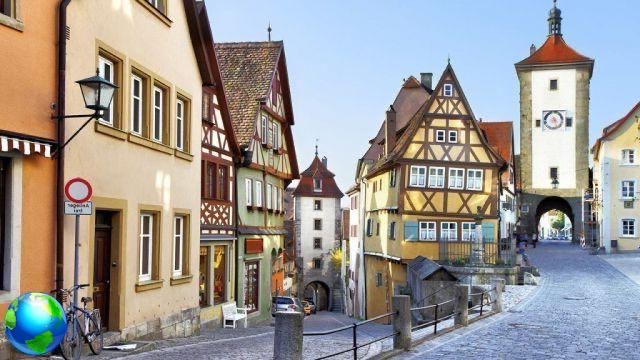
Unfortunately when I visited the city, I arrived too late and the markets were already finished, I went there during a day trip on the occasion of my New Year's trip to Munich and I must say I was very sorry not to see them. Market period or not, Nuremberg is still a splendid one Bavarian town which is definitely worth a visit.
Second largest Bavarian city, Nuremberg boasts a rich and fascinating history that is reflected in its main sights. The historic center is bordered by fourteenth-century walls and dominated by the Imperial Castle, from which you have a splendid view over the city and the surrounding valley.

The castle, built as an imperial residence on the top of the city hill, is divided into three buildings, connected to each other by a walk that allows you to admire its beauty and majesty. Immediately before starting the climb to reach the castle, there is the Albrecht Dürer house-museum, one of the greatest exponents of German Renaissance painting, inside which you can admire some works of the painter and learn about some details of his life.
Then along the streets that lead to the city center, one cannot fail to admire the city architecture, a true marvel in full Bavarian style, with typical "half-timbered" buildings with characteristic wooden elements that decorate the facades. I must say that although all of Nuremberg is a jewel, the real centerpiece of the city is the Market square. It is here that the famous Christmas markets take place and also here you can admire two of the most famous monuments of the city: the Frauenkirche, the Church of Our Lady and the Schöner Brunnen fountain, both great examples of the Gothic style.
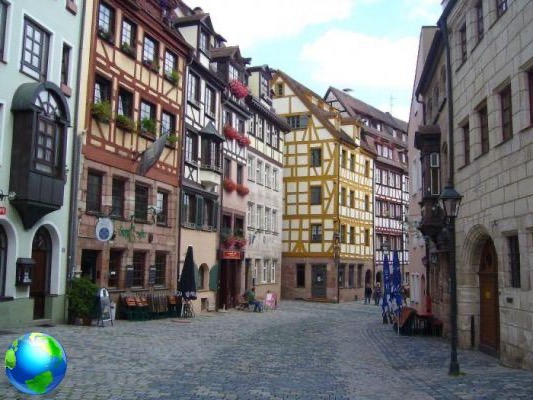
In particular the Church is known for the splendid clock-music box which adorns the façade and at the stroke of midday enchants visitors with its moving show. The fountain was built in the shape of a 19-meter-high spire and represents the World View of the Holy Roman Empire through its 40 colorful statues. In fact, what you admire in the square is an early 1900s copy of the original fountain, the remains of which can be admired inside the Germanic National Museum.
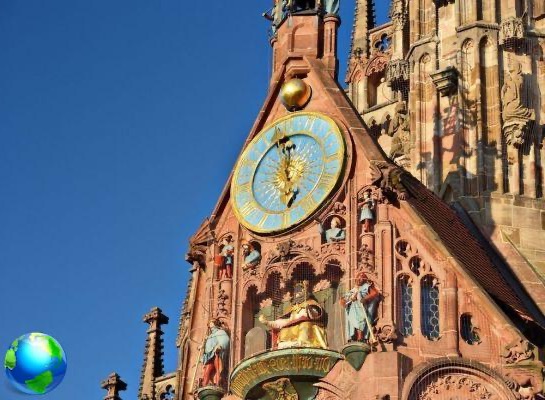
The imposing is also noteworthy Church of San Lorenzo, a splendid Gothic building and seat of the Evangelical Lutheran Church and the Church of San Sebaldo, the oldest church in the city, built in 1215 in a late Romanesque style and rebuilt in 1957 after being destroyed by war bombings, is also a place of preservation of the relics of San Sebaldo.
Nuremberg stands on the banks of the Pegnitz river, which divides the city center in half and is crossed by some bridges, the most famous of which is the Ponte della Carne or Fleischbrücke. From the late Renaissance period, its appearance is very reminiscent of the Rialto Bridge in Venice, a city with which Nuremberg was twinned and had close commercial relations.

But how much does it cost to visit Nuremberg's monuments? Clearly admire the fountain Schöner Brunnen and the facade and clock of the Frauenkirche (Cathedral of Munich) it is free, as is the walk that allows you to admire the city walls and cross the area of the Imperial Castle. The entrance and the visit to the Castle and its museum instead cost around 7 euros, while for a visit to the house-museum of Albrecht Dürer you pay about 5 euros per adult per person.
The Church of San Lorenzo can be visited with an offer starting from 1 euro. You can also buy the Nürnberg-Fürth Card which allows you to access all the monuments of the city and to use public transport, including trains, for two days in the cities of Nuremberg and Fürth at a cost of 25 euros.




